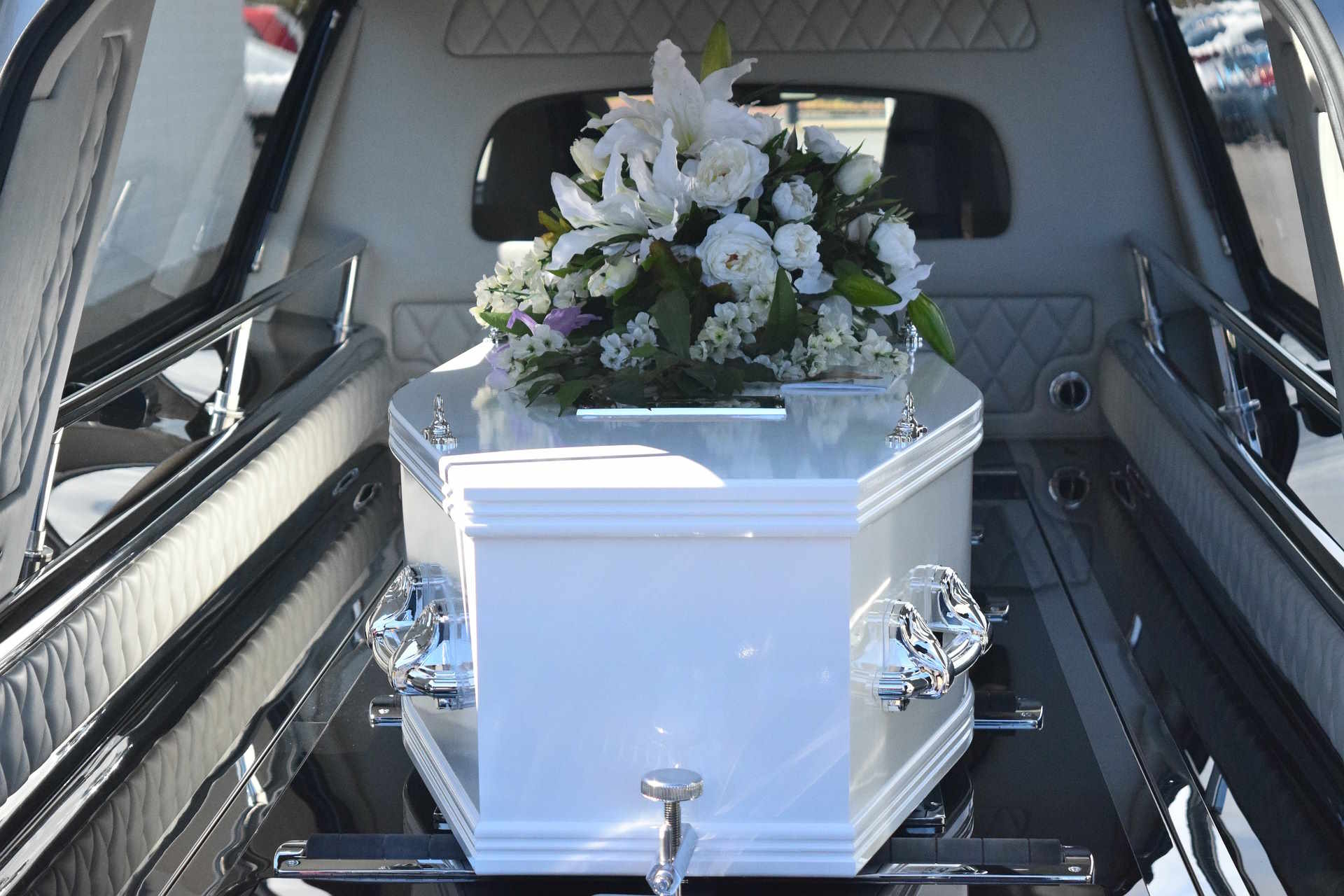Understanding the Cremation Process: Step-by-Step Overview
Cremation has become an increasingly common choice for final arrangements, offering families a dignified and meaningful way to honor their loved ones. This process involves several carefully managed stages, from initial documentation to the final disposition of remains. Understanding these steps can help families make informed decisions during a difficult time.

Initial Preparation and Documentation
The cremation journey begins with essential documentation and preparation. This includes obtaining the death certificate, securing necessary permits, and completing authorization forms. Family members must provide written consent for cremation, and a medical examiner may need to approve the process. The deceased is identified through a verification system, ensuring accuracy throughout all subsequent steps.
The Pre-Cremation Process
Before cremation occurs, several important preparations take place. The deceased is bathed and dressed according to family wishes. Any medical devices containing batteries, such as pacemakers, must be removed for safety reasons. Personal items like jewelry are typically returned to the family unless specified otherwise. The body is then placed in a cremation container, which may be a simple cardboard receptacle or a combustible casket.
The Cremation Procedure
The actual cremation takes place in a specially designed furnace called a retort, which reaches temperatures between 1,400 and 1,800 degrees Fahrenheit. This process typically requires two to three hours. Throughout the procedure, the deceased maintains a unique identification number, ensuring proper tracking. Only one cremation occurs at a time, maintaining the integrity of the process.
Options for Final Disposition
After cremation, the remains are carefully processed and transferred to either a temporary container or an urn selected by the family. Several options exist for final disposition, including:
-
Interment in a columbarium niche
-
Burial in a cemetery plot
-
Scattering in meaningful locations
-
Keeping the urn at home
-
Creation of memorial jewelry or keepsakes
Understanding Cremation Costs and Services
Cremation services vary in cost depending on location and selected options. Basic services typically include:
| Service Type | Description | Average Cost Range |
|---|---|---|
| Direct Cremation | Basic services without ceremony | $800 - $2,000 |
| Traditional Cremation | Includes viewing and ceremony | $2,000 - $4,000 |
| Memorial Service | Ceremony after cremation | $1,500 - $3,000 |
Prices, rates, or cost estimates mentioned in this article are based on the latest available information but may change over time. Independent research is advised before making financial decisions.
The cremation process provides families with flexibility in memorialization while maintaining dignity and respect for the deceased. Understanding each step helps ensure the experience aligns with personal wishes and family values. Local funeral homes and cremation providers can offer detailed information about specific services and options available in your area.




